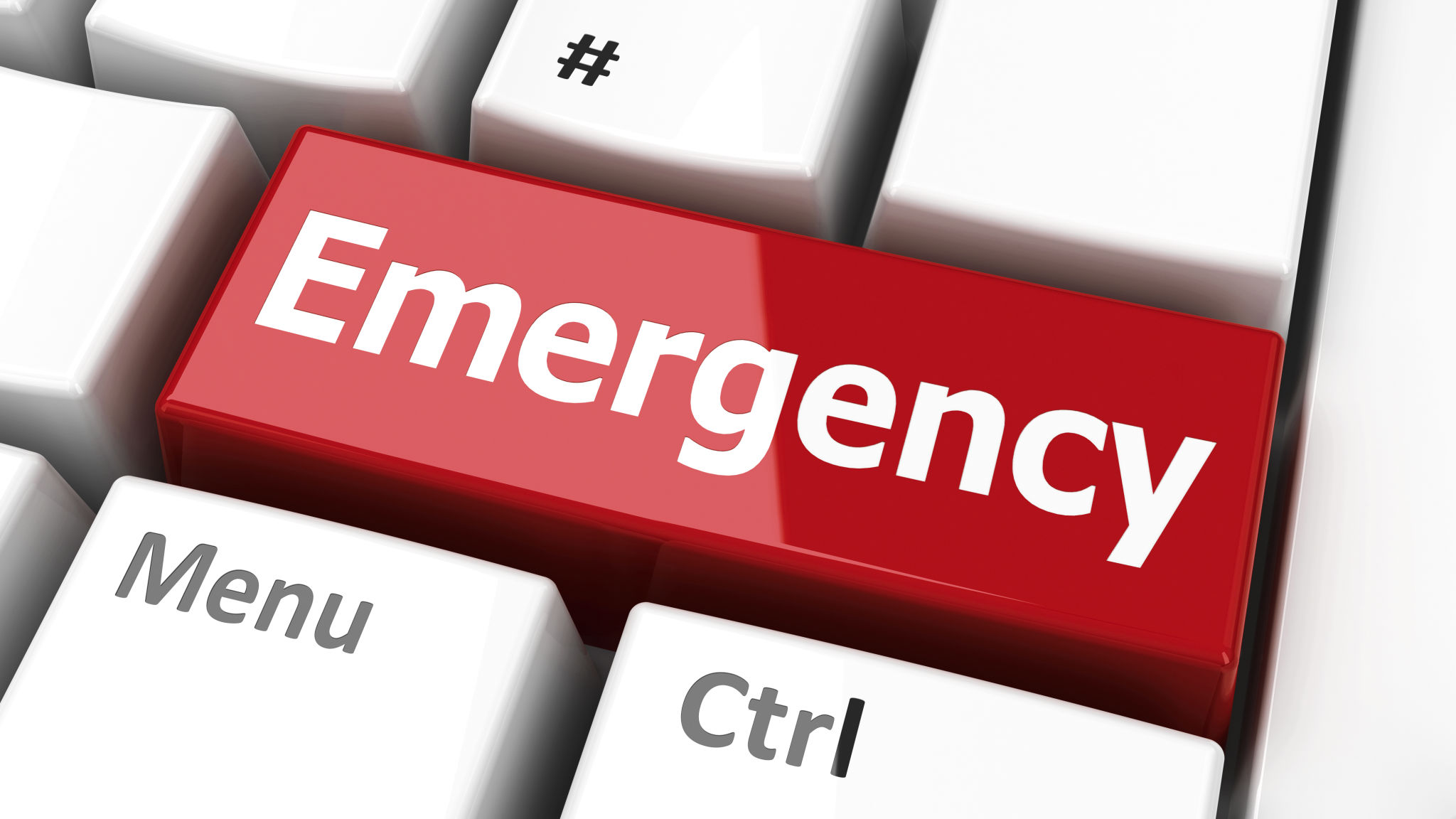Case Study: Effective Emergency Response at Major Events in the USA
Introduction to Emergency Response at Major Events
Managing large crowds during major events in the USA requires an effective emergency response plan to ensure safety and order. These events can range from music festivals to sporting events, each presenting its unique challenges. In this case study, we examine the strategies and implementations that have proven successful in recent years.

Pre-Event Planning and Coordination
Effective emergency response begins well before the event takes place. Planning involves coordination between various stakeholders, including local authorities, event organizers, and emergency services. This collaborative approach ensures that everyone is on the same page and can react swiftly if an emergency arises.
A successful plan often includes:
- Risk assessment and mitigation strategies
- Communication protocols between agencies
- Training and drills for emergency personnel
Technology Integration
The integration of technology has significantly enhanced emergency response capabilities at major events. Event organizers now leverage real-time data analytics, surveillance systems, and mobile applications to monitor and manage crowds effectively. These tools allow for quick decision-making and efficient resource allocation.

Case Study: Music Festival Success Story
One notable example is the annual music festival held in California, which attracts over 100,000 attendees. Organizers worked closely with emergency services to implement a comprehensive response plan. Key measures included deploying medical tents, establishing clear communication channels, and utilizing drones for aerial surveillance.
During one particular incident, real-time monitoring detected a potential hazard, allowing for a rapid evacuation of the area. This swift response prevented injuries and showcased the effectiveness of the pre-planned strategies.
Post-Event Analysis
After the event concludes, conducting a thorough analysis is crucial for continuous improvement. This involves reviewing what worked well, what could be improved, and any unexpected challenges that arose. Such evaluations help refine future emergency response plans and ensure enhanced safety measures.

Lessons Learned and Future Directions
The success of emergency response at major events hinges on preparation, technology integration, and collaboration. Key lessons learned from recent events include the importance of adaptability and the need for ongoing training for all personnel involved.
Future directions point towards increased use of AI-driven analytics and enhanced communication systems to further improve response times and overall effectiveness. As technology continues to evolve, so too will the strategies employed in safeguarding major events across the USA.
Conclusion
In conclusion, effective emergency response at major events is a multifaceted endeavor that requires meticulous planning and collaboration. By learning from past experiences and embracing technological advancements, event organizers can ensure the safety and enjoyment of all attendees.
